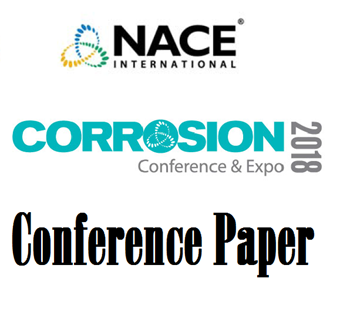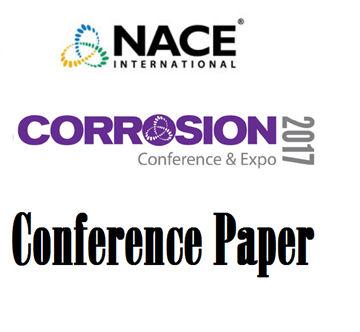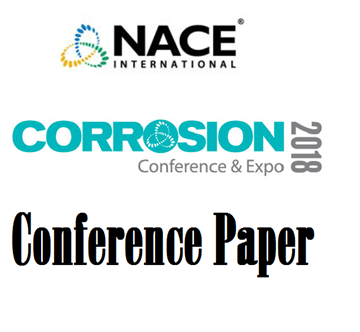Search
51318-10886-Testing of Coatings for Offshore Service
Also Purchased
51318-11132-Surface Soluble salt concentration effect on long life offshore coatings systems performance
Product Number:
51318-11132-SG
Publication Date:
2018
$20.00
Accelerated Offshore Coating Performance Testing
Product Number:
51317--9134-SG
ISBN:
9134 2017 CP
Publication Date:
2017
$20.00
51318-10912-Comparative Evaluation of Various Types of Metallic Coatings for Structural Steel in Marine Enviro
Product Number:
51318-10912-SG
Publication Date:
2018
$20.00
Recently viewed




